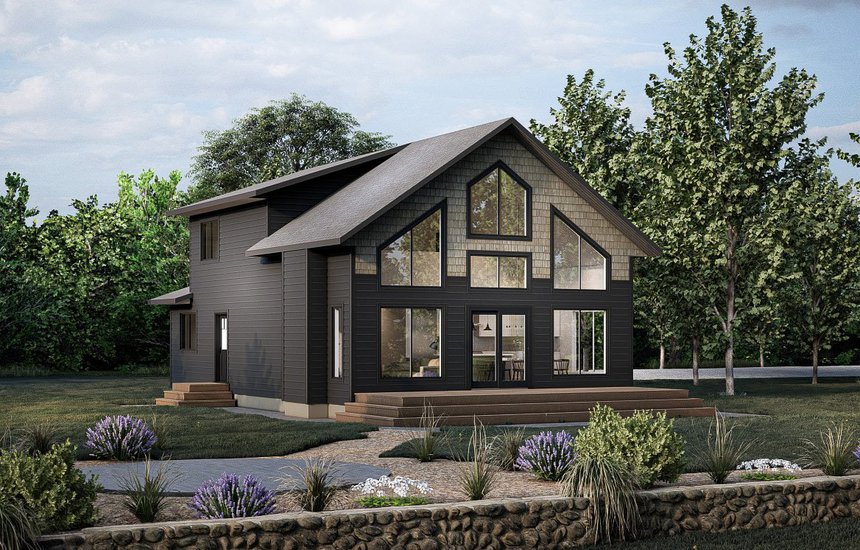Could Modular Houses Solve Canada's Affordable Housing Crisis?
Canada's housing market is witnessing a quiet revolution as modular houses emerge as a smart solution to skyrocketing home prices. These factory-built homes offer faster construction, lower costs, and modern designs that appeal to first-time buyers, families, and downsizers alike. With sustainability and affordability at their core, modular houses are reshaping how Canadians think about homeownership in 2025.
Why Modular Houses Are Gaining Momentum
The affordability crisis is driving Canadians toward modular houses, which cost 15-25% less than traditional builds—averaging $180,000-$250,000 CAD for a three-bedroom home. Factory precision cuts material waste by up to 30%, while controlled environments prevent weather delays common in Canada's harsh winters. A modular house can be move-in ready in just 3-6 months, compared to 12+ months for conventional builds.
Design flexibility is another draw. Today's modular houses defy stereotypes with customizable layouts, from energy-efficient tiny homes to sprawling suburban designs. Buyers can choose finishes, smart home integrations, and even net-zero energy features—all while avoiding the unpredictability of on-site construction.
2025 Trends Defining Modular Houses
Single-level modular houses are surging in popularity among retirees and young families, with 40% of new orders being bungalow-style designs. Eco-conscious features dominate, including triple-glazed windows, solar-ready roofs, and recycled steel frames. Canada's Greener Homes Initiative 2025 sweetens the deal, offering up to $7,000 CAD in rebates for energy-efficient modular houses.
Tech integration is now standard. Most 2025 modular houses include smart HVAC systems, leak detectors, and even EV charging stations—appealing to a generation raised on connectivity. Some manufacturers now offer AI-powered modular houses that learn occupants' routines to optimize energy use.
Cost Savings That Add Up
Beyond upfront savings ($220/sq.ft. vs. $300+ for traditional builds), modular houses slash long-term costs. Their airtight construction reduces heating bills by 35% in Canada's climate, while durable materials minimize repairs. A recent CMHC study found modular house owners save $4,000 CAD annually on utilities and maintenance versus stick-built homes.
Financing options are improving too. The new Modular Home First-Time Buyer Program allows 5% down payments, while some provinces waive PST on factory-built components. Combined with 25% faster appreciation (per Royal LePage data), modular houses are proving to be savvy investments.
The Road Ahead for Modular Houses
Industry analysts predict modular houses will comprise 20% of new Canadian homes by 2030, up from 8% in 2025. Innovations like 3D-printed modular components and self-heating concrete could further disrupt the market. Traditional builders are already responding—expect hybrid "modular-assisted" construction to become mainstream.
In summary, modular houses offer Canadians a faster, greener, and more affordable path to homeownership. With government support and advancing technology, they're not just an alternative—they're the future. Is it time to consider a modular house for your family?
